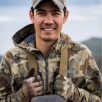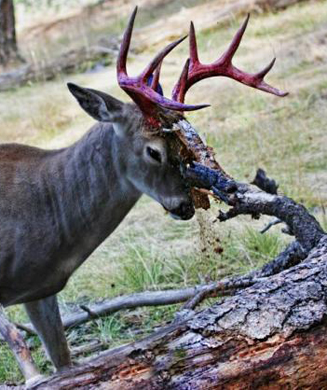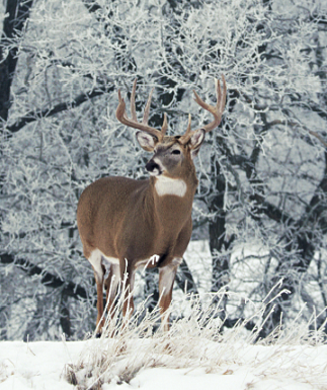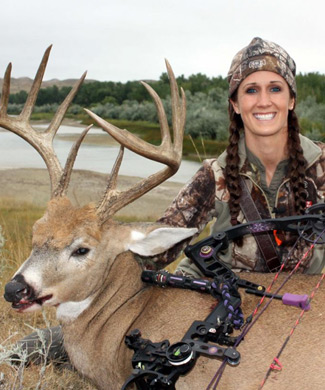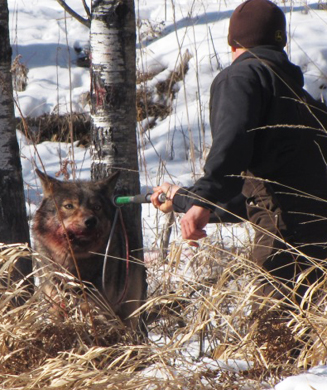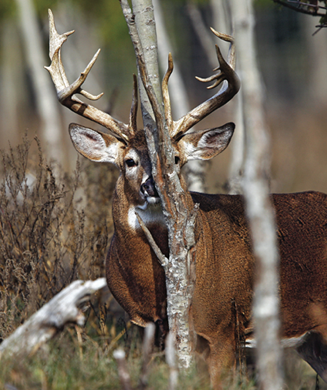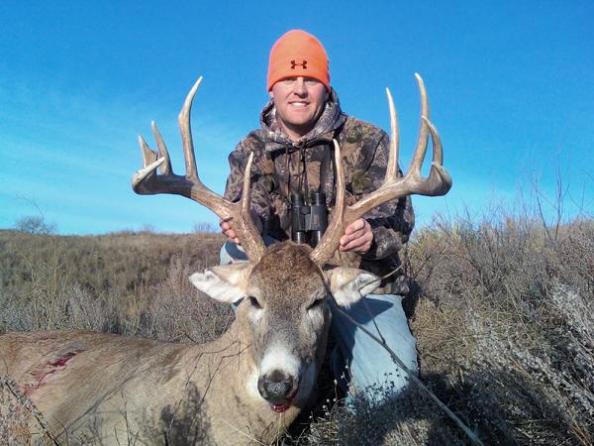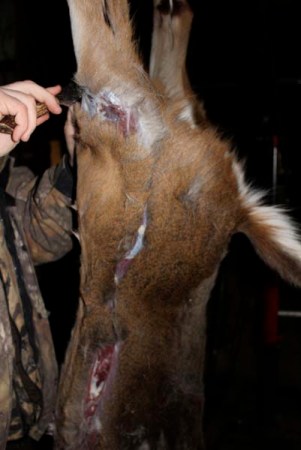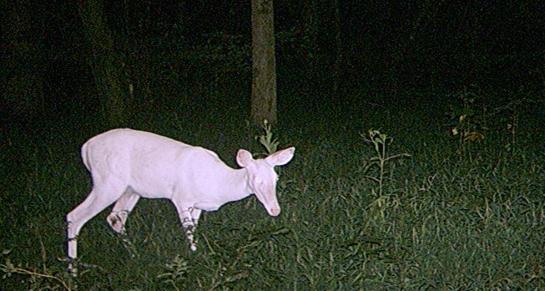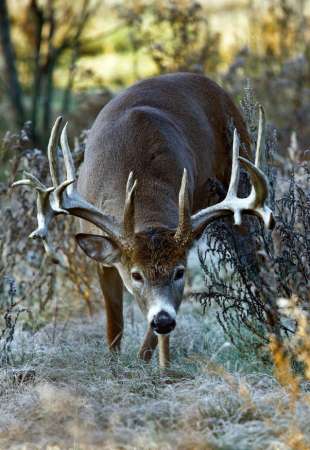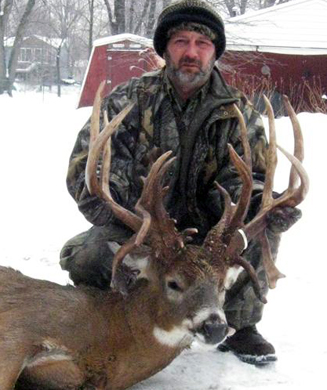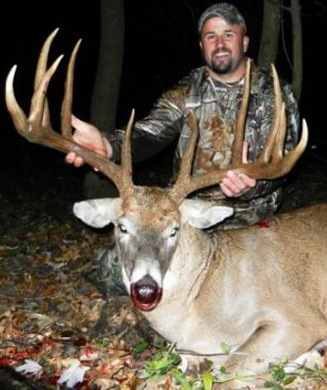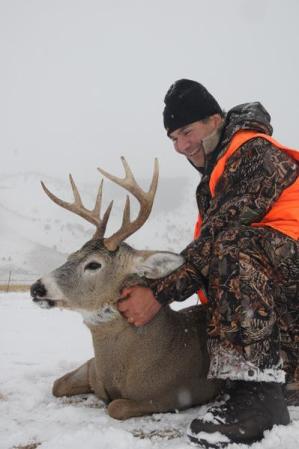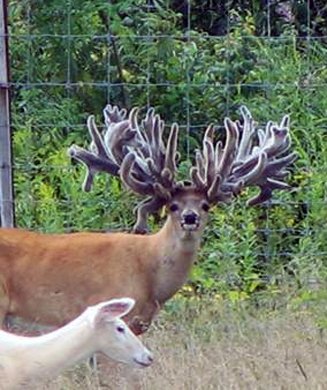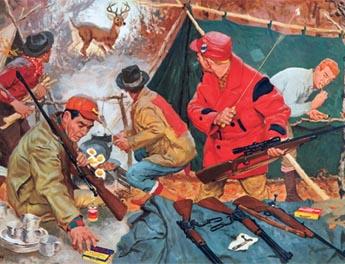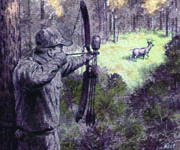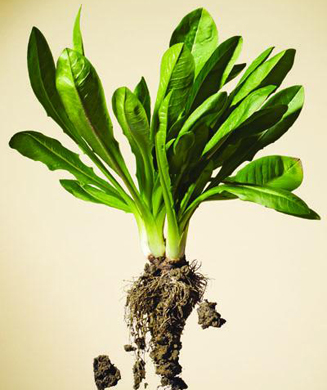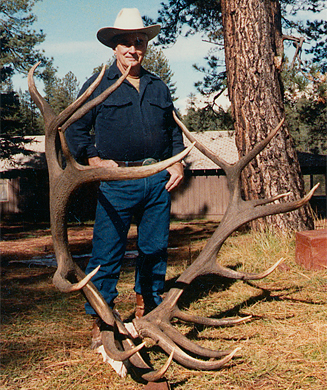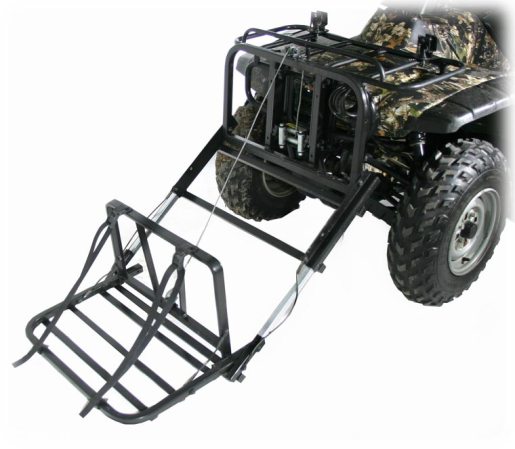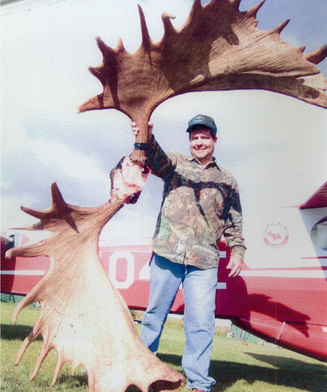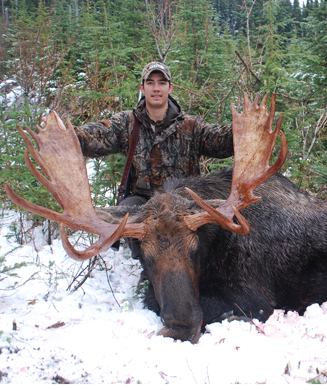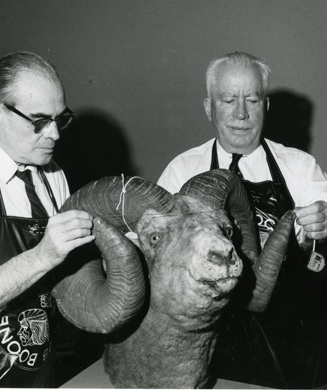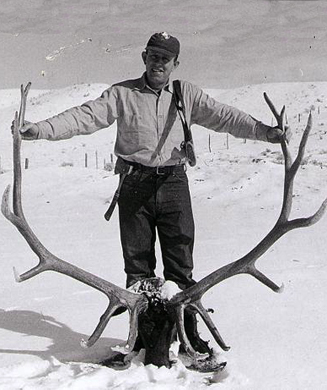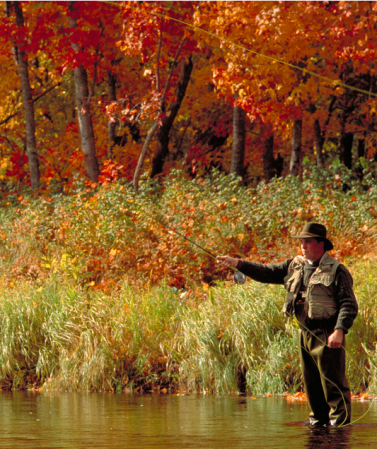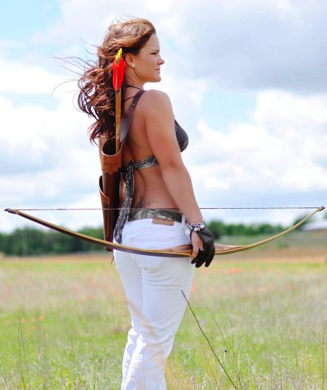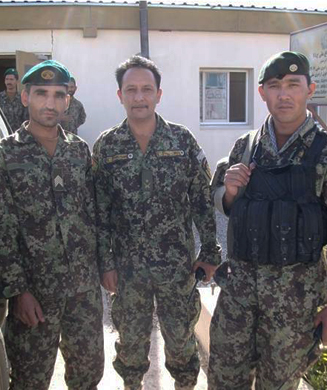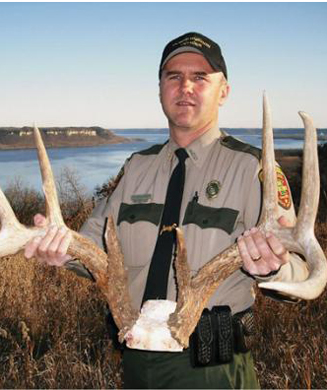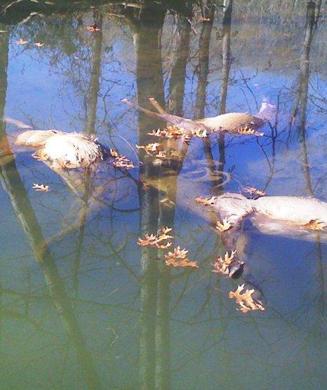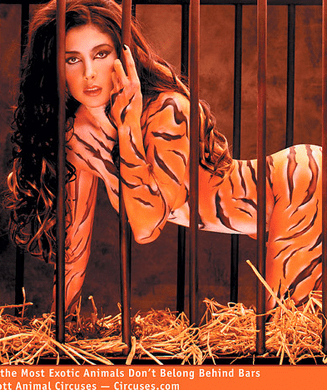
–stex25-06 Answer: I always run a dry patch or two down the bore after oiling it to remove excess residue, which can certainly cause a point of impact shift. But you're also touching on another topic near and dear to my heart, which is the benefit of keeping a shooting log. Some rifles require a certain number of foulers before they settle into a sweet spot with their accuracy. The only way to figure that out is to keep a log of your shooting and look for trends.
–John B. Snow Photo: Meniscus

-erict8** Answer:** Future tip: Pick your college classes carefully so you can maximize your hunting and fishing time, and do all the homework beforehand if you can so you don't have to cut class once or twice a week to hunt mornings.
–Yoda****
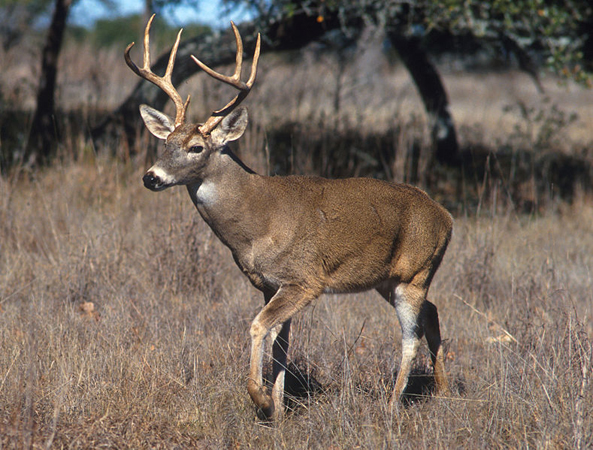
–wewek Answer: No it won't spoil the meat. I reach up as far as I can and cut it off.
–Johnnie
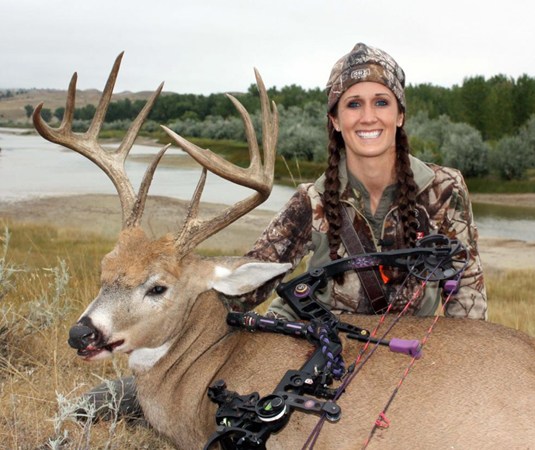
–Marcus Answer: I've heard many pro and cons from old timers, some who even add human urine to a scrape. The two keys to this would be association of danger, and personal diet. If nine deer are OK with you wetting your stand, so be it. Number 10 may make the connection, and be the boomer you've been waiting for. The other is, deer don't drink beer, etc., so I believe if you have a way to contain urine, why take the chance? Think like the predator you are.
–Keith Green
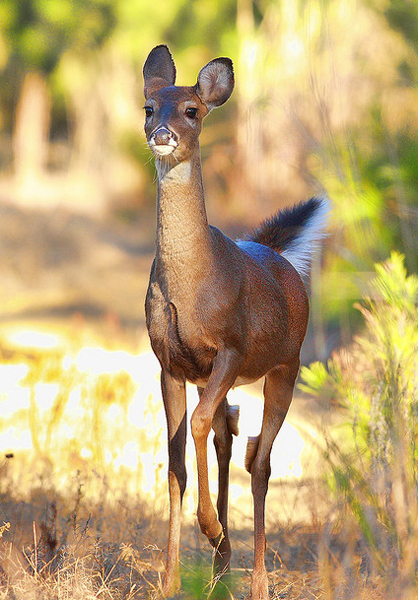
–Evan.hensel Answer: Yes as a warning … usually a warning to the fawn and stamping their front hoof on the ground can also be signal that all is not well.
–the decoy hunter Photo: Emery_Way
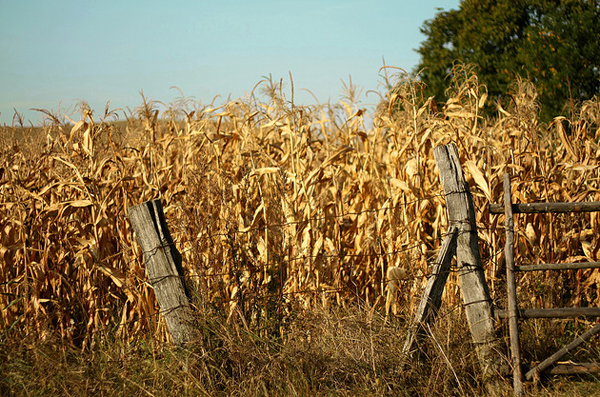
–pjsabella Answer: Focus on the corn. Since you are not seeing deer along the edges, the deer are deep in the field. On a windy day, stalk across rows into the corn looking for bedded or standing deer in each row as you move. I have killed many deer doing this. Modern deer expect danger from trees along field edges they don't expect danger while lounging deep in the corn.
–Charlie Elk
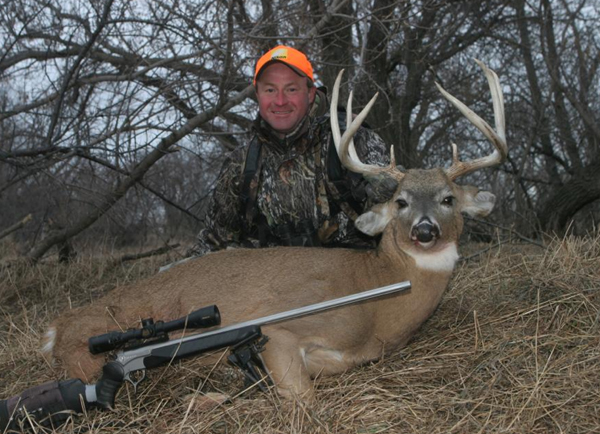
–craigjohnson0117 Answer: Provide them with a preferred food source and good cover. To elaborate: If it's legal, put out bait such as corn, apples or whatever is popular in your area. Plant food plots and do it year around. Plant hard mast and soft mast trees (think acorns and persimmons). Open up the tree canopy so browse can grow. Leave a couple of acres of really thick stuff for sanctuary and never, ever, hunt it. Make salt licks. If you do these things, you will have deer unless you are surrounded on all sides by mad poachers.
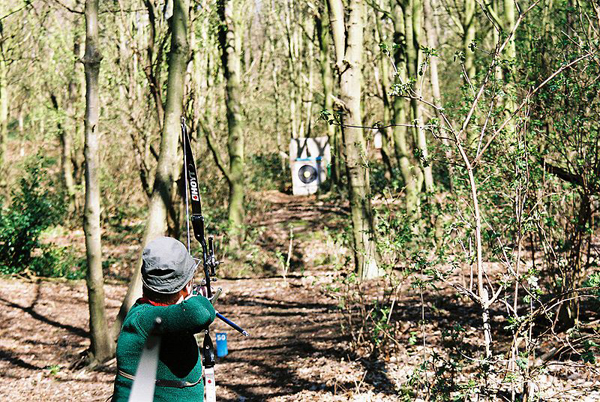
–jhuff2010 Answer: 58 yards, I was young and dumb. Nothing over 30 yards these days.
— Ishi Photo: Mr. Barndoor
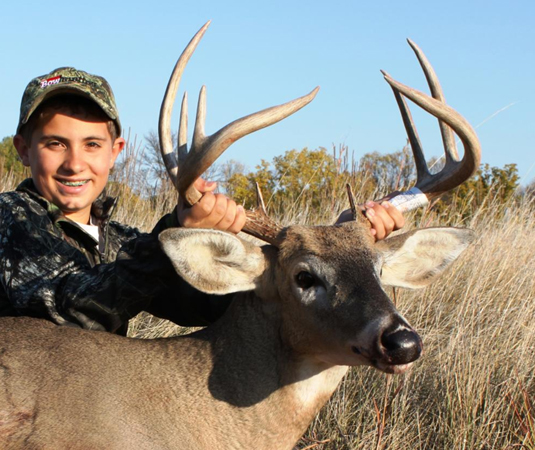
–Sangcoacc
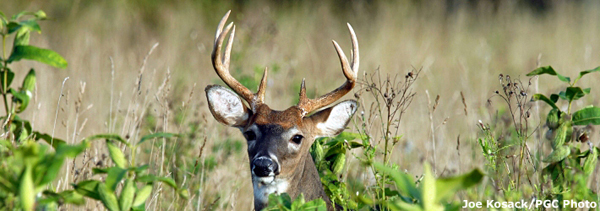
–6phunter Answer: I donate 75 percent of the meat I take down. I donate to my elders, family who can't hunt, single parents, ect. It's a traditional thing for local hunters to feed those who like the meat and can't get it for themselves. There is no shame in asking a hunter for meat, it's more of a honor for the hunter, plus it clears the freezer so we can get more hunting in.
–dropjhook.com
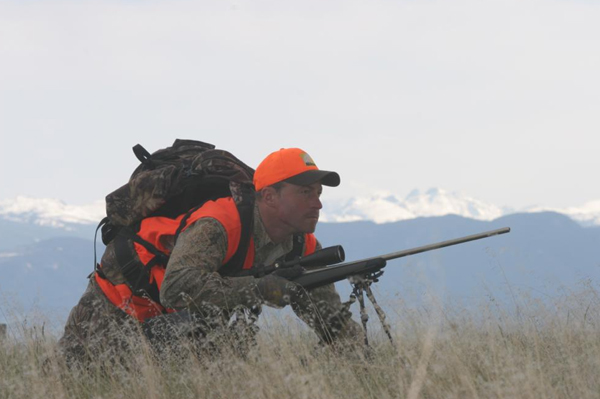
–evan.hensel Answer: Ask her what's so great about waking up to car horns, breathing exhaust fumes and walking on crowded sidewalks while you still get to freeze your butt off and wonder if a mugger is going to shoot you.
–Seadog
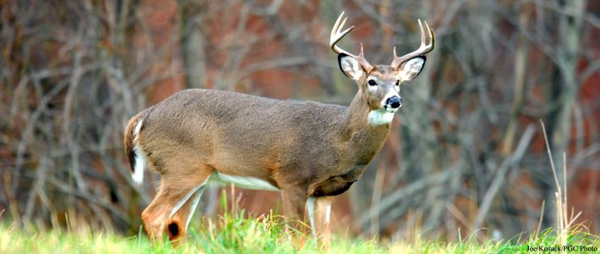
–MNwhitetailHunter Answer: In cold weather I've warmed my hands over a small kindling fire and taken deer. Deer are individuals. Some will undoubtedly spook, some might be curious, others may simply disregard it.
–6phunter
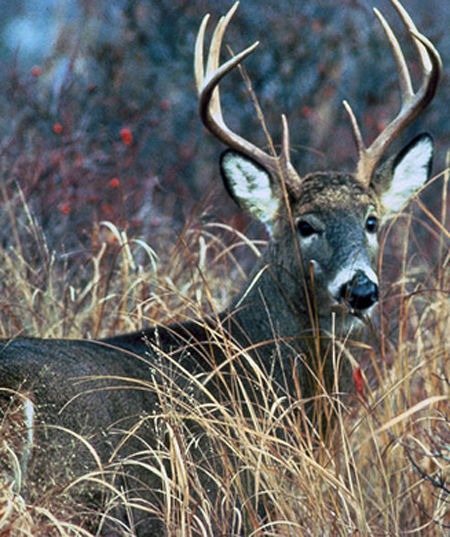
–iowa220 Answer: I would change it, but it comes down to how much you shoot and the condition the string is in. The last thing you want is the string breaking at full draw. The longest I've gone on any of my Mathews is three years. I wax my string almost every time i shoot to get all the use from my strings.
–Cgull
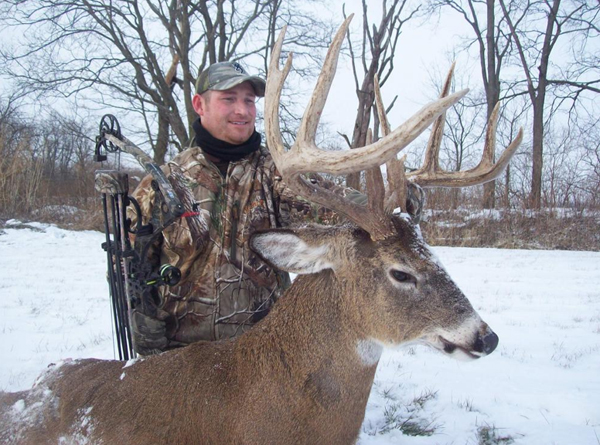
–Nolan Answer: Pick a good looking spot and set up. Observe your surroundings and activity while you hunt and make decisions to move your setup based on what you know and what you have learned. I shot a decent 8-pointer this fall using this strategy over a period of about three days. By the moment of truth, it was almost as if I had drawn it up in a playbook.
–Sangcoacc
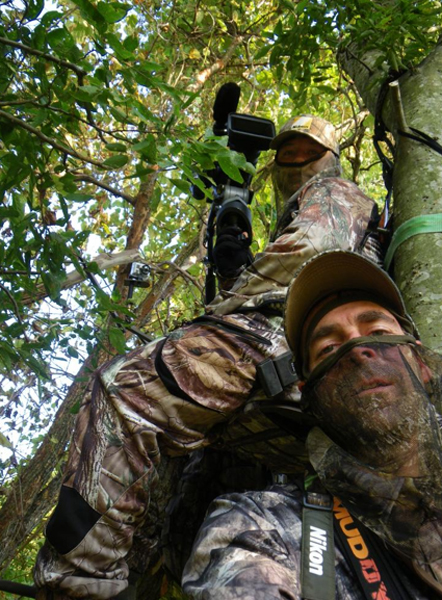
–Cornbuck Answer: You can plant both — do a soil test perhaps at your local farm store or garden center before you buy seed to establish what will perform best on your site. Alfalfa, clover, trefoil are all forage plants that will provide food year after year.
–the decoy hunter
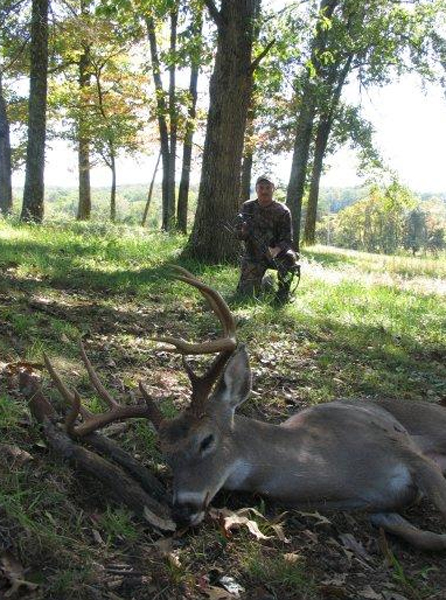
–LDurbin Answer: During cold weather, whitetails are much more active, feeding and moving around during times when they may normally bed. They require extra calories to maintain body heat. They may also move to areas of the thickest cover, to help block heat-stealing winds.
–Bigjake
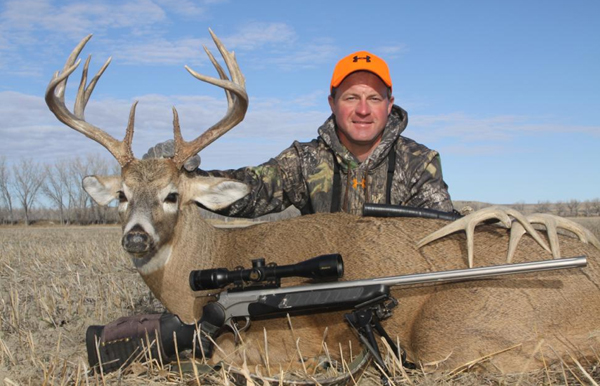
–cwp72 Answer: The best deer rifle is dependent on where you are hunting. If you are hunting in the West where you may be making a long shot, you may find that you need a different gun than you would in, say the wooded areas of Pennsylvania, Kentucky, Tennessee or Arkansas. What works in Wyoming, Colorado, Kansas, Nebraska or Western Oklahoma where shots can be several hundred yards will not work in an area where you may never be able to see anything further than 60 yards. Where are you going to be hunting? Then we can talk about the best gun for your situation. There is no one size fits all when it comes to deer hunting situations in the US. The terrain dictates that you adapt to it, not the other way around.
–BO
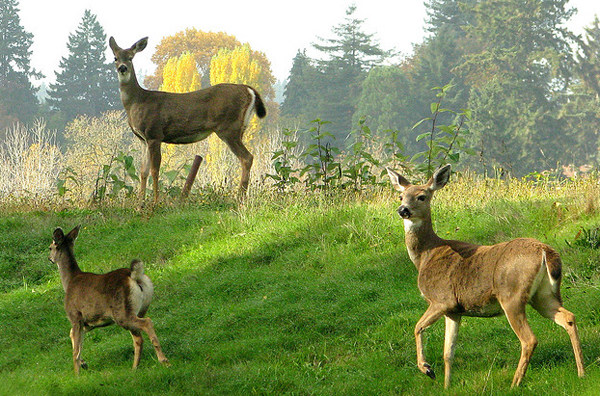
–Evan.hensel Answer: The inertia of the rut will translate into much different patterns and practices — however you have identified some late spring travel routes and deer populations. This may change as late summer/early autumn food sources become available. The best plan is to continue to monitor deer activity and see how it evolves through the summer and into the pre-rut stage. You will be able to make a better choice at this time.
–the decoy hunter Photo: Noel Zia Lee
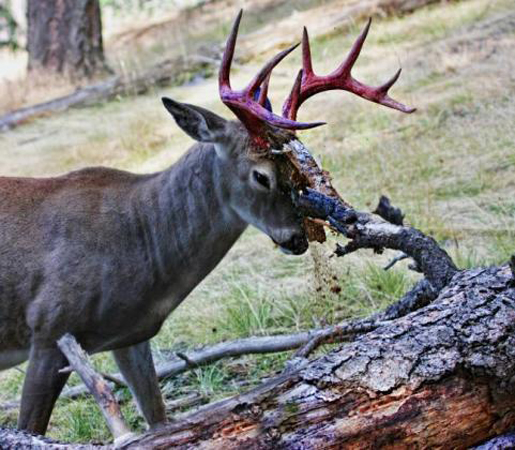
–Jack10495 Answer: Antlers are exposed bone, kind of like your teeth. They are shed each year in the winter. While the antlers are developing in the spring, they are covered in velvet. The velvet, supplies the growing antler with nutrients and oxygen. As the amount of daylight changes, the antlers harden, turn into bone, and shed the velvet.
–Gunit6897
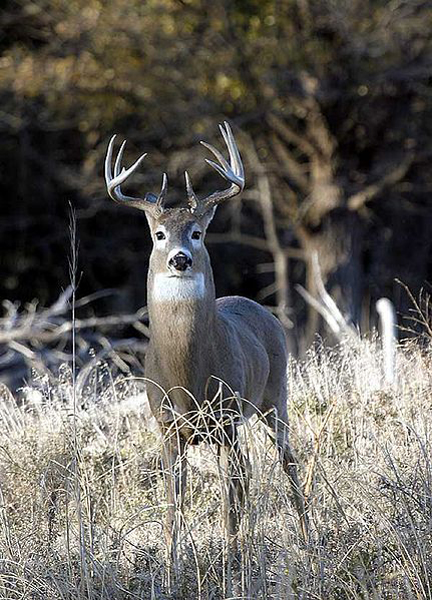
–bowhunterjac Answer: Scare a deer once and expect it to be gone a day or two. Scare a deer twice and it may be gone for a week. After a third time, a deer may change it's pattern completely to avoid your location altogether.
–Ishi
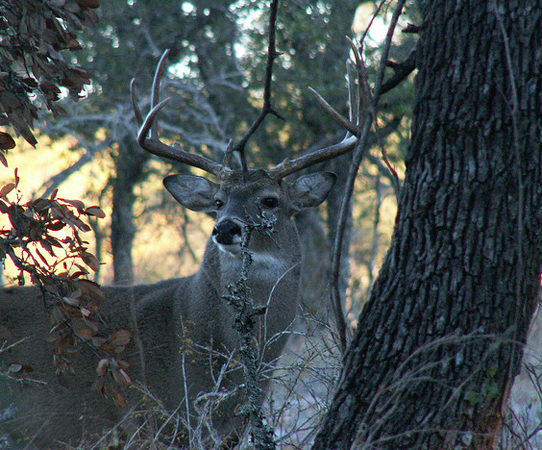
–abfreddie64 Answer: How about a handle for a knife that you make?
There are "kits" that can help you with this.
— Big O Photo: Charles and Clint
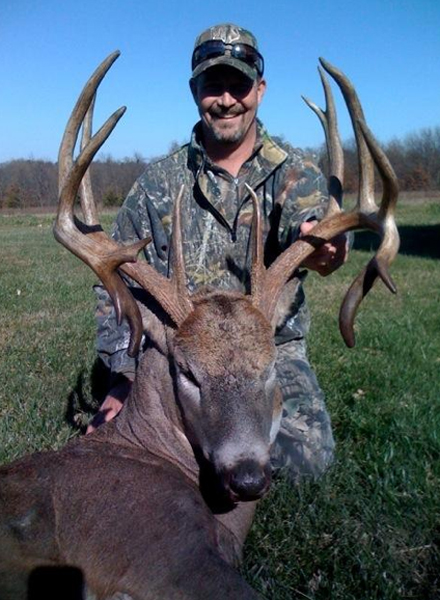
–Preston Answer: Video games, no sense of adventure and nobody to introduce them to the sport …
–MWK_MN
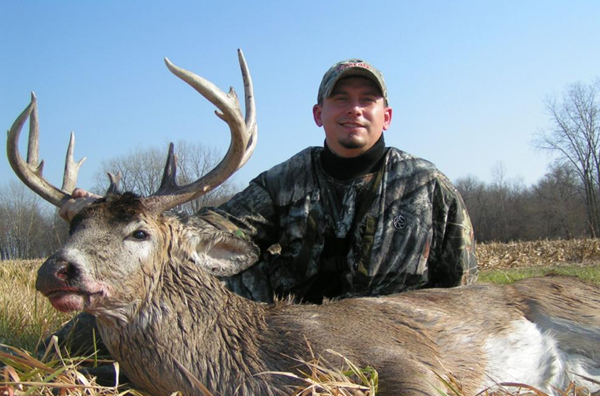
–duck101 Answer: If you are just concentrating on the two main trails, try and mix it up by setting up either beyond or before your old sites. Look for natural funnels of timber or overgrown transition areas that are narrow and act as staging areas for travel between points A and B. So take a second look at your hunting area and see if you can visualize any of these natural "highways" that exist and then look for potential sites for a ground blind or tree stand.
— the decoy hunter
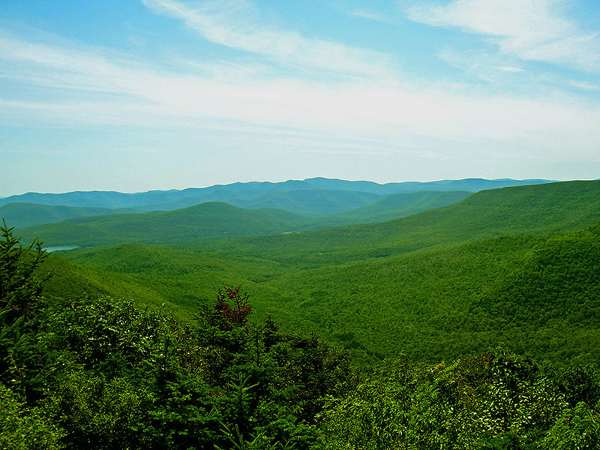
–MWK_MN Answer: I have seen huge deer come from the most unlikely places. I don't think any one factor controls the size of the antlers. But all deer are not equal. Our swamp deer here in Alabama are small genetically by design, but 50 miles north in the pine hills there are big deer. Darwin is at work here.
–jacy1515 Photo: Daniel Case
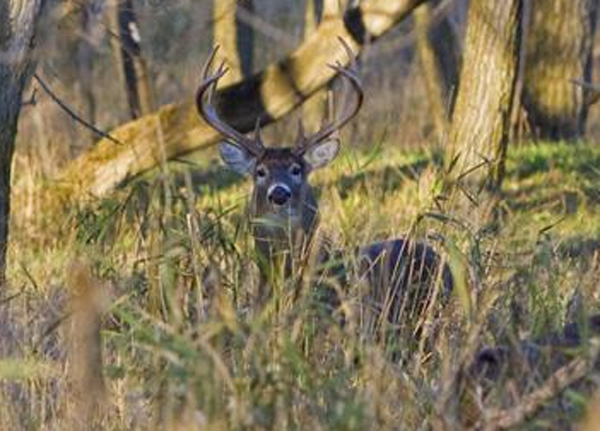
–Mike29058 Answer: Find the thickest cover in you're area and you'll find the deer.
–6phunter
We’ve put together the best, strangest and funniest deer hunting questions asked by OL readers. But don’t worry, we’ve also included the best answers to each question.
